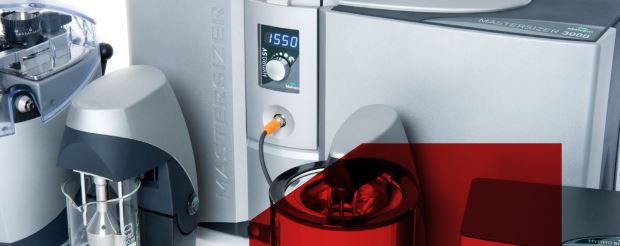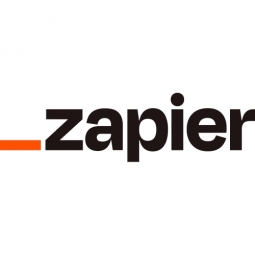Doubling Efficiency in Admissions: A Case Study on Clearbit & Zapier
- Application Infrastructure & Middleware - Database Management & Storage
- Infrastructure as a Service (IaaS) - Cloud Databases
- Sales & Marketing
- Leasing Finance Automation
- Time Sensitive Networking
Designation, a UX/UI designer bootcamp based in Chicago, was facing a challenge in managing their admissions process. With a small team of less than 10 full-time staff, every person was vital to the day-to-day operations. The admissions team, which initially consisted of only one person, had to contact and schedule interviews with each applicant to qualify them for the bootcamp. This process was time-consuming and inefficient, especially when dealing with unqualified leads. The challenge was to find a way to automate the process, pre-qualify leads, and make the operations more efficient, even in the absence of the team.
Designation is a UX/UI designer bootcamp based in Chicago, Illinois. The company offers an 18-week program that teaches individuals from any background to become a UX/UI designer. The bootcamp spends 70 hours each week providing enrollees with the experience and knowledge necessary to find a new career in UX/UI design. The company operates with a small team of less than 10 full-time staff, making each person vital to the day-to-day operations. The company was looking for a way to automate their admissions process and make it more efficient.
To address this challenge, Aaron Fazulak, the co-founder and CEO of Designation, turned to Zapier, an app automation tool, and Clearbit, a data enricher. By filtering their leads through Clearbit, Designation's leads came back with more information such as location, degree, job titles, and more, which helped the team identify qualified leads. Aaron created a workflow to pre-qualify leads by connecting Clearbit to their customer relationship manager (CRM) through Zaps, Zapier's term for automated workflows. This setup allowed Zapier to add Designation's leads to their CRM, qualify them with Clearbit, create Trello cards for each, and maintain a database in Google Sheets—all automatically. Furthermore, they used Facebook Lead Ads to generate leads, and Zapier to send those new leads to HubSpot to instantly create contacts. A leads database was also created within Google Sheets for easy backup and review.
Related Case Studies.











